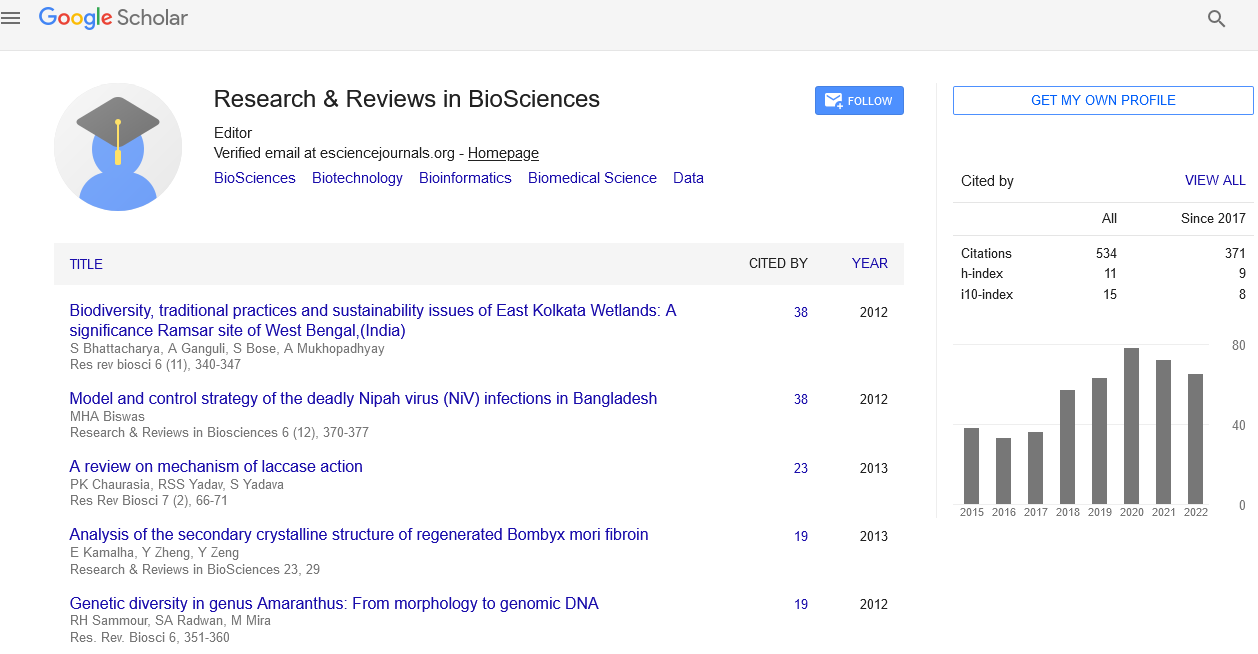Abstract
Biodiversity, traditional practices and Sustainability Issues of East Kolkata Wetlands: A Significance Ramsar Site of West Bengal (India)
Author(s): Sayan Bhattacharya, Antara Ganguli, Sreedipa Bose and Aniruddha MukhopadhyayThe East Kolkata Wetlands (EKW), an important Ramsar site situated on the eastern fringes of the Kolkata city, India, form a part of the extensive inter-distributory water networks of the Gangetic Delta. The 12,741-hectare area is a part of the lower deltaic plain of the Bhagirathi–Ganga river system and is generally flat in nature. It serves as a ‘Natural Kidney’ for Kolkata, receiving 250 million gallons of anthropogenic waste water daily and has the capacity to remove around 237 kg. of BOD per day. The resource recovery systems developed by the local people through the ages has saved Kolkata city from the costs of constructing and maintaining waste water treatment plants. It is the largest ensemble of sewage fed fish ponds in the world and also very rich in biodiversity and genetic resources. 74% of the working population of the adjoining areas depends on fish farming, agriculture and horticulture for their survival. Urban expansion, industrial pollution, siltation, weed infestation and the changed land use patterns are continuously damaging the ecological health of EKW. Implementation of sustainable policies can maintain the ecological equilibrium of these valuable water bodies, which, in turn, can enhance social, environmental and economic security of Kolkata in future.
